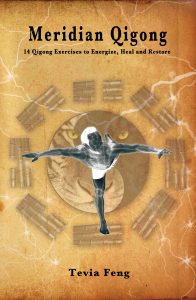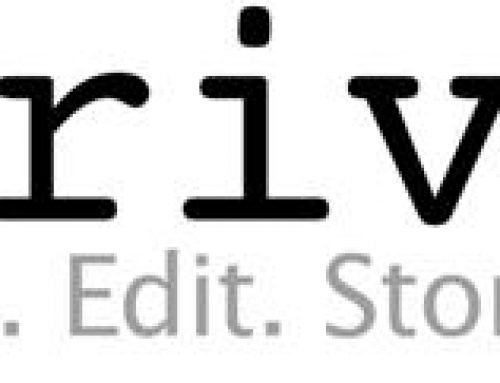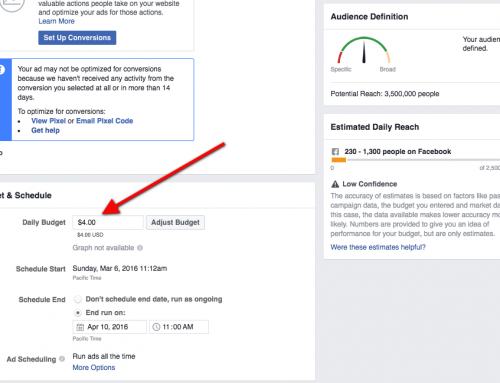 Author Tevia Feng talks about the research for the book, “Meridian Qigong: The Modern Research of Meridians and Muscle Fascia”
Author Tevia Feng talks about the research for the book, “Meridian Qigong: The Modern Research of Meridians and Muscle Fascia”
There has been ongoing research into physically identifying where the meridian systems actually are. In his groundbreaking book Anatomy Trains, Thomas Meyers worked on dissecting cadavers to understand the inner workings of the muscle fascia. He discovered previously unknown lines of muscle fascia that were interwoven throughout the body. He called these connections The Myofascial Meridians. At the time, he was not looking for, nor was he referring to the Asian Meridian system. It was only later that he realized the uncanny parallels of the Meridian lines in Traditional Chinese Medicine and his own discovery of these Myofascial Meridian lines.
The Link of Meridians and Muscle Fascia
Modern research has shown the link in both form and function between the workings of acupuncture and the fascial network in general. Prominent acupuncture and researcher, Dr. Helene Langevin have shown that connective tissue along with collagen fibers and fibroblasts wind around the end of an acupuncture needle when it is rotated in place creating detectable mechanical effects. Dr. Langevnin concluded that oriental acupuncture meridians may follow intramuscular or intramuscular fascial planes.
Meridian Qigong and Muscle Fascia
There is conclusive evidence that the fascial net responds and distributes forces as a whole not just locally. There was measured strain in various tissues while doing the straight leg lift test, commonly though to measure hamstring resistance to hip flexion as we have in one of the exercises called Unicorn with Front Stretch Kick (see the chapter: Exercise Instructions). The strain distributes itself through the myofascial net. According to Meyers, the distribution tracks the Superficial Back Line, the Spiral Line, and the Back Functional Line. The Superficial Back Line is related to the Bladder Meridian. The Spiral Line is related to the Stomach and Bladder Meridians of the acupuncture Meridians from Traditional Chinese Medicine. In my book Meridian Qigong I go into greater details of these fascinating findings and what they mean for Qigong.
Self Discovery
It was only after an in-depth conversation with Chris Kummer, who is an anatomist and Yoga teacher that I discovered this book and the fact that modern research is telling us something the Taoists have been telling us for thousands of years, but in a different language. One of the greatest joys and fascinating aspects of Qigong for me was the discovery of the connections within my body. When I was a young student I thought it was rather mystical to feel these connections, but as I began to study western anatomy I realized I was actually feeling the connections of the muscle fascia throughout my body. My discovery of Thomas Meyers work and others was confirming evidence of what I had known all along. It is one thing to read about the meridians, but to feel and experience these connections takes patience and lots of practice, but the rewards are immeasurable.
Get an Editorial Review | Get Amazon Sales & Reviews | Get Edited | Publish Your Book | Enter the SPR Book Awards | Other Marketing Services






















Leave A Comment